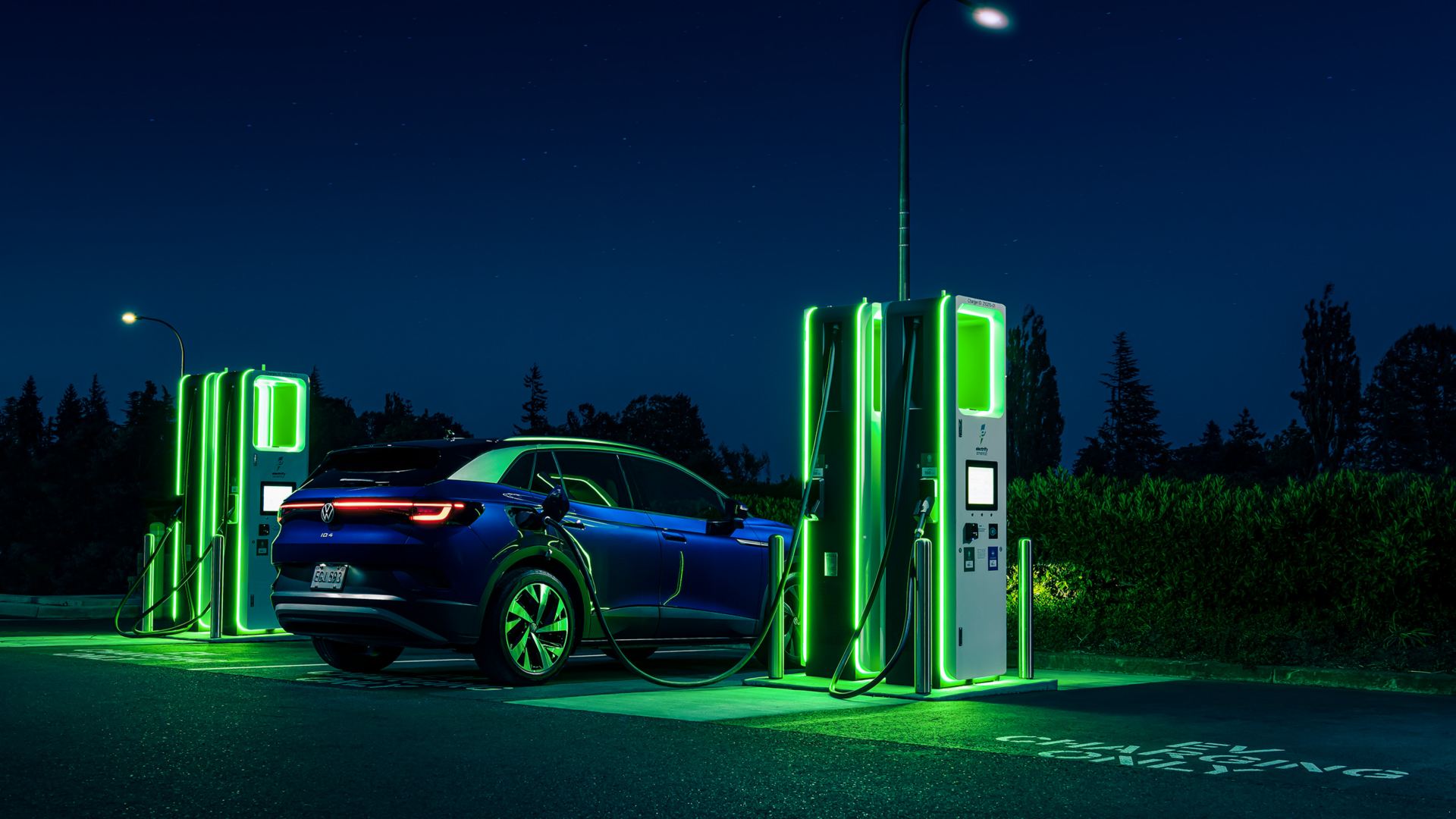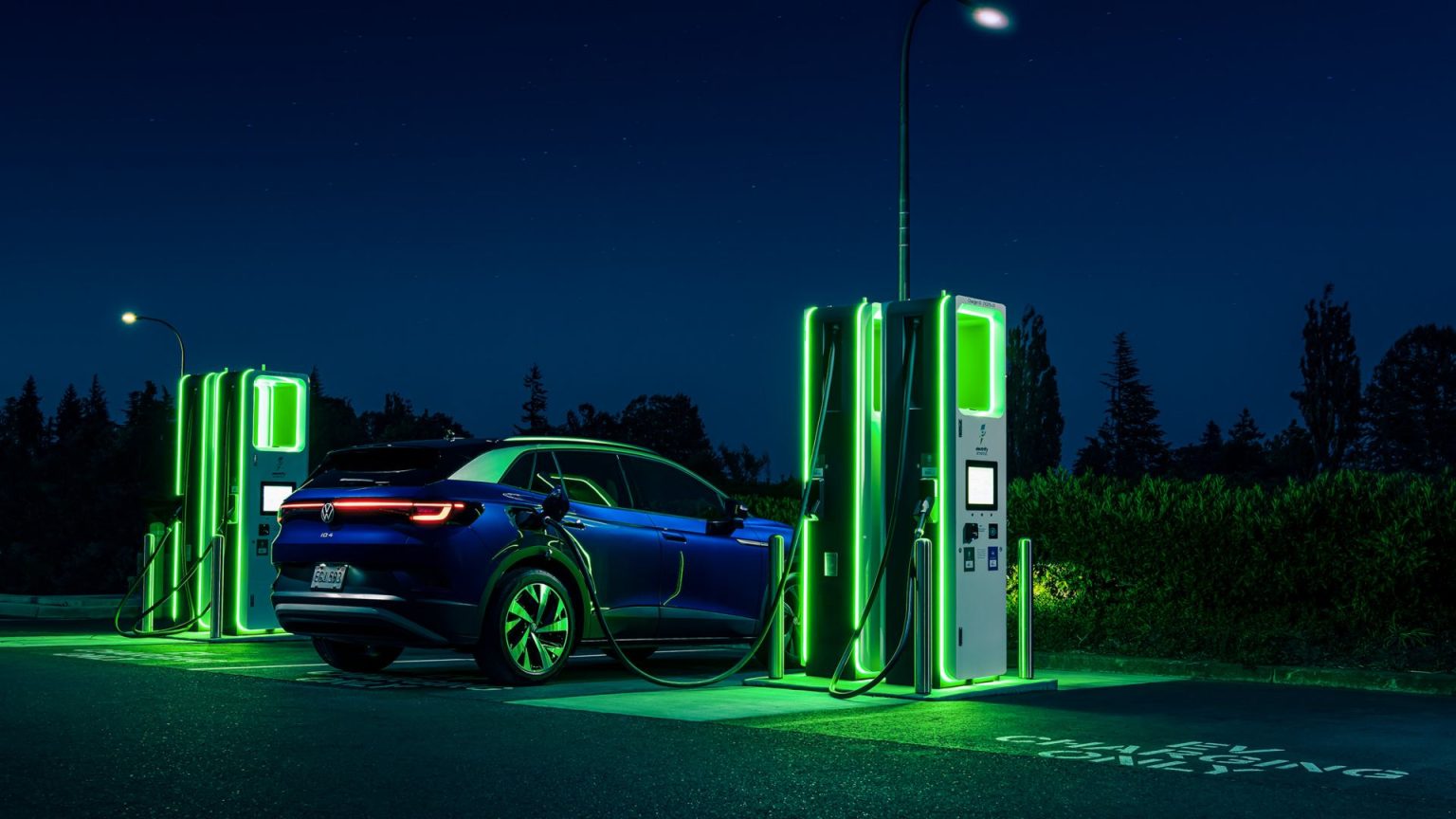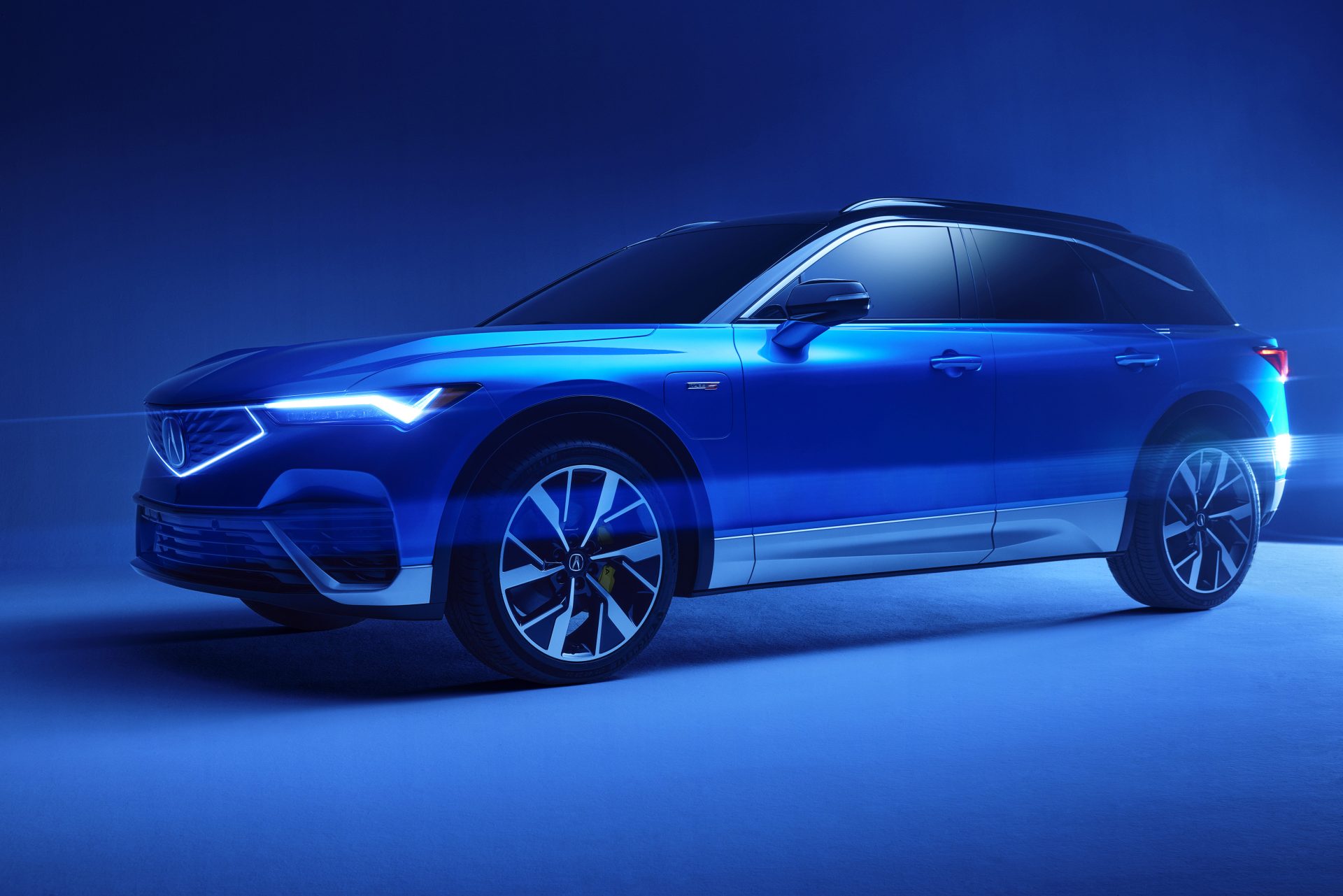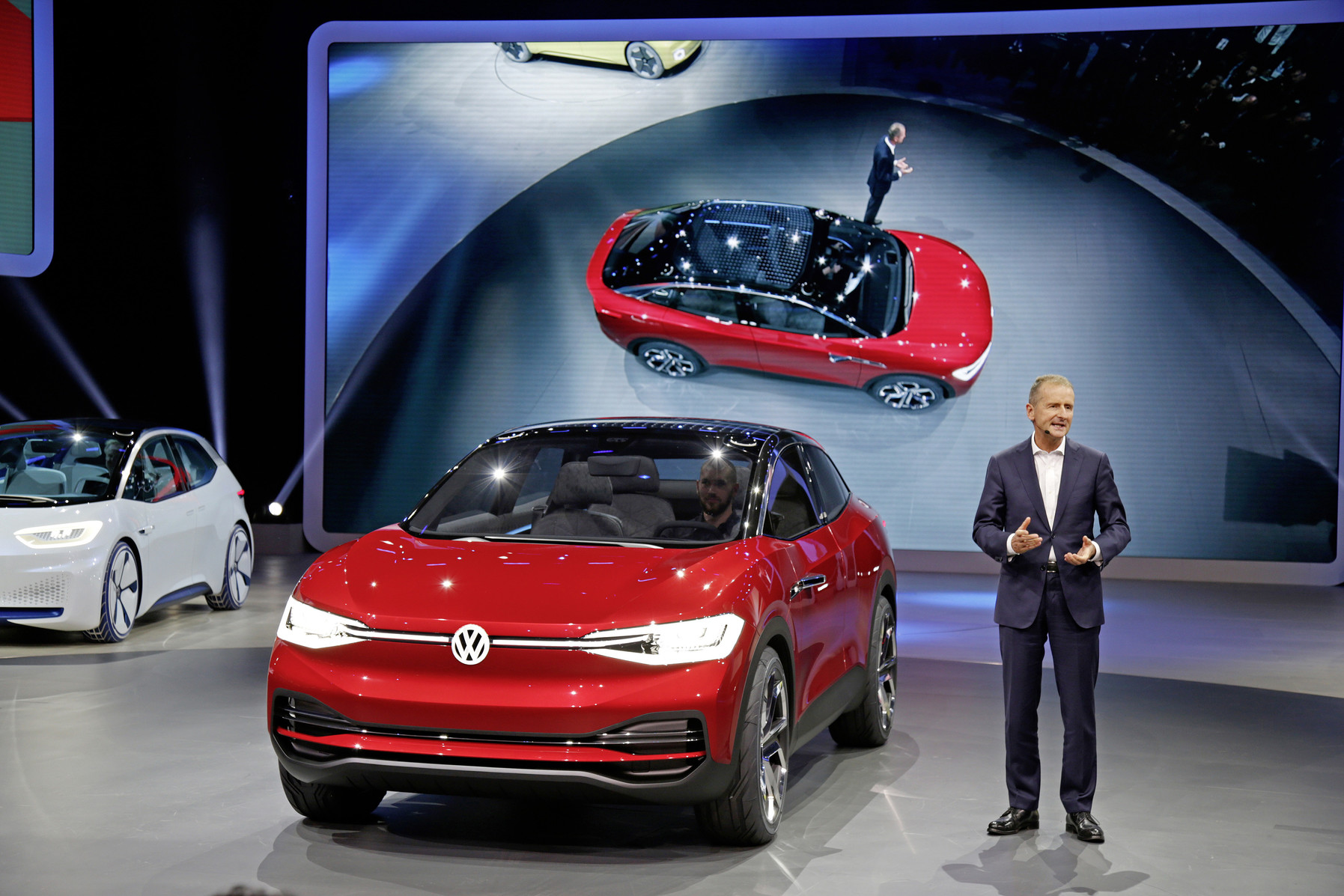EPA Unveils Ambitious Plan: Nearly Tenfold Increase in Electric Vehicle Sales by 2032
The Biden Administration has proposed stringent new regulations to limit automobile pollution in the United States, with the goal of having as many as two-thirds of new vehicles sold in the country be electric by 2032.
What are the proposed regulations?
The proposed regulations, announced by the United States Environmental Protection Agency (EPA) on Wednesday, would set tailpipe emissions limits for the 2027 through 2032 vehicle model years that are the strictest ever imposed, and call for significantly higher electric vehicle (EV) sales compared to previous targets set by the auto industry.
The EPA’s proposed regulations do not require a specific number of EVs to be sold annually. Instead, it mandate limits on greenhouse gas emissions (GHG). The EPA projects that at least 60% of new passenger vehicles sold in the U.S. would be electric by 2030, and up to 67% by 2032, depending on how automakers comply with the mandates. For medium-duty trucks, the EPA projects that 46% of new vehicle sales will be EVs by 2032.
EPA Administrator, Michael Regan described the proposal as “the most ambitious pollution standards ever for cars and trucks,” and emphasized that it would reduce air and climate pollution while lowering fuel and maintenance costs for vehicle owners. The rule is expected to become final next year after a public comment period.
The auto industry has responded to the proposed regulations with mixed reactions. John Bozzella, CEO of the Alliance for Automotive Innovation, a trade group representing most automakers, called the EPA proposal “aggressive by any measure” and noted that it exceeds the Biden administration’s previous target of 50% EV sales by 2030, which he referred to as a “stretch goal.” Bozzella questioned whether the provisions such as manufacturing incentives and tax credits would be sufficient to support the level of EV sales proposed by the EPA and emphasized that the speed of achieving the targets would depend on having the right policies and market conditions in place.
The proposed regulations are expected to have significant environmental benefits. The EPA estimates that the standards for light-duty cars and trucks would result in a 56% reduction in projected greenhouse gas emissions compared to existing standards for model year 2026, and would eliminate nearly 10 billion tons of carbon dioxide emissions, which is more than twice the total U.S. CO2 emissions in 2022. The regulations are project to save consumers thousands of dollars over the lifetime of the vehicles and reduce U.S. reliance on oil imports.
Achieving the proposed EV sales targets, however may prove challenging for the auto industry. EVs accounted for only 7.2% of U.S. vehicle sales in the first quarter of 2023. Analysts have expressed concerns about the high prices of EVs compared to gas-powered cars and the lack of charging infrastructure as deterrents for consumers. A recent poll by The Associated Press-NORC Center for Public Affairs Research and the Energy Policy Institute at the University of Chicago found that only 19% of U.S. adults say it’s “very” or “extremely” likely that they will purchase an EV for their next car, while 47% say they are unlikely to do so.
Transportation is the largest source of carbon emissions in the U.S., accounting for about 27% of greenhouse gas emissions in 2020, according to the EPA. Stricter tailpipe pollution standards are seen as necessary by environmental groups to improve air quality and mitigate the impacts of severe weather events.
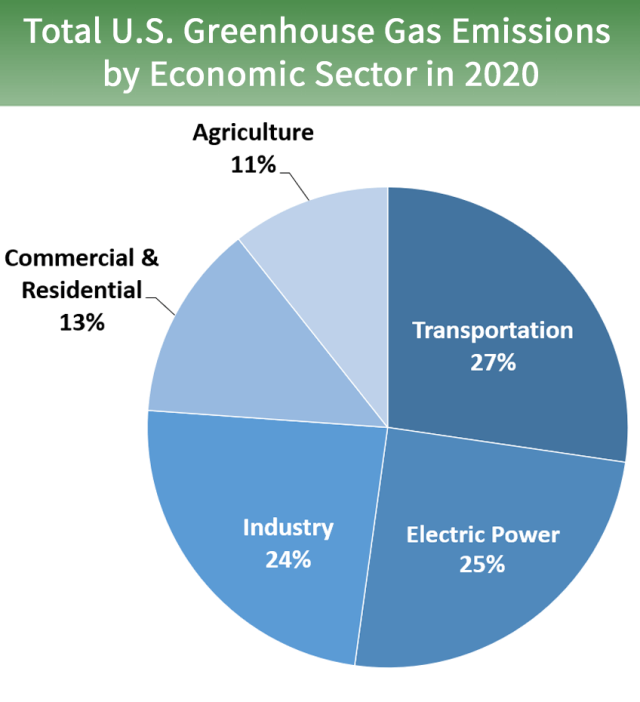
Subscribe to Our Weekly Newsletter
Enter your email to get the best of Clean Earth Energy straight to your inbox.

